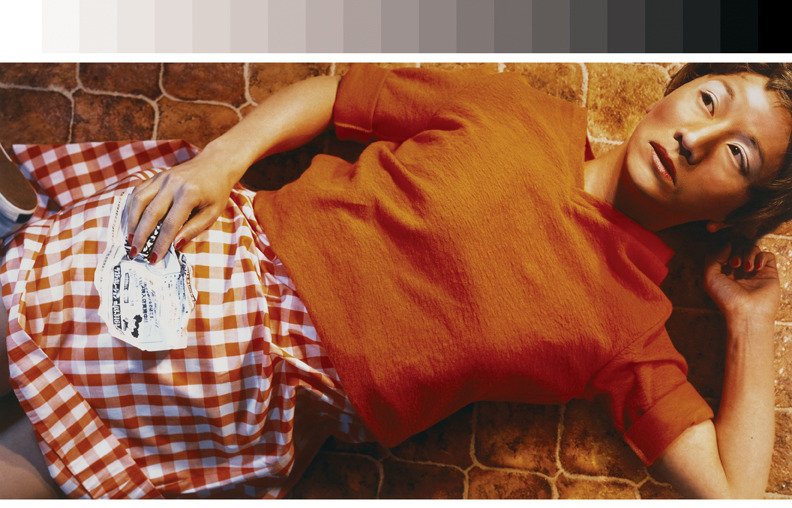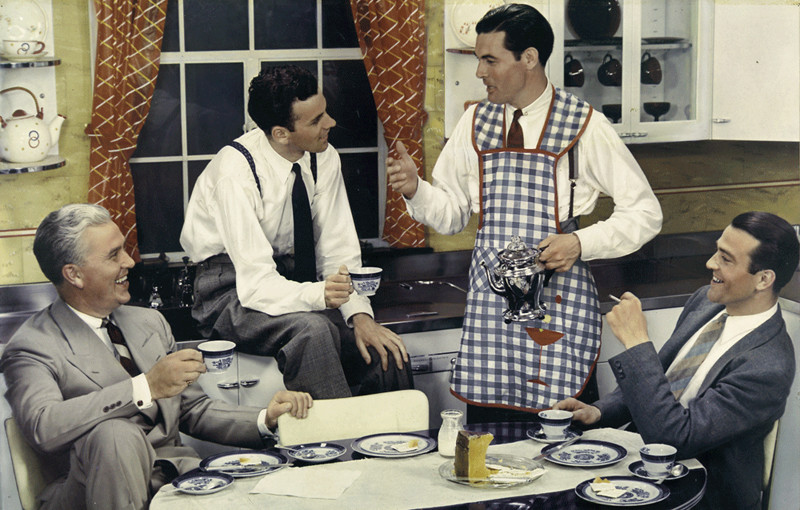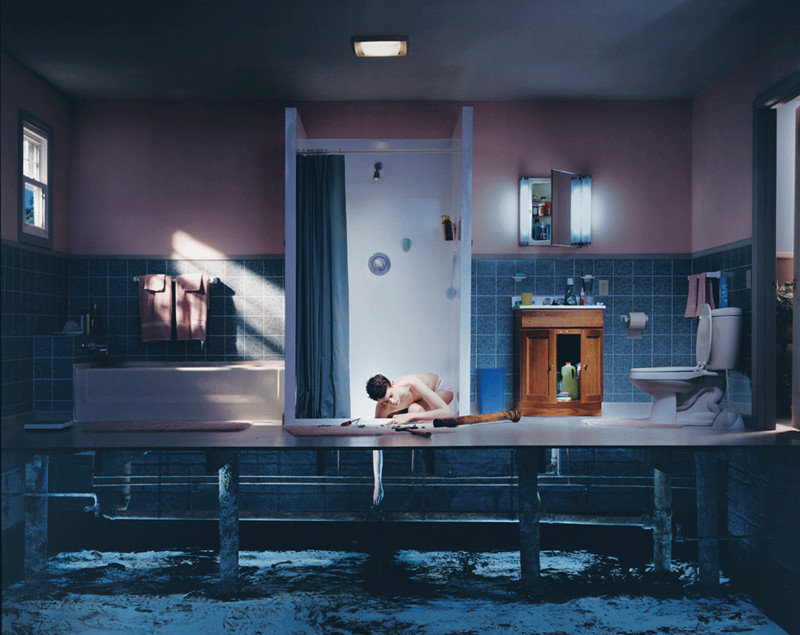[Fall 2007]
National Gallery of Canada, Ottawa
June 16 – October 1, 2006
The exhibition’s introductory panel included the statement, “In the last 20 years the staged photograph has occupied a prominent place in the broader world of contemporary art, straddling the borders that traditionally separated photography from other media.” Accordingly, Acting the Part: Photography as Theatre was organized as an international survey that provided a historical context for contemporary photographic images in which scenes are theatrically staged and individual roles are performed or enacted by actors or models. Contemporary photography’s storytelling, fictional and narrative strategies – which at various times in the medium’s history were considered antithetical to photography’s heralded ability to record the visual world and reveal its ”truth” – were traced to their antecedents in the early years after the medium was invented. Organized into three thematic sections – “The Actor,” “The Artist,” and “The Storyteller” – more than eighty-five works provided examples of the diverse ways in which photographers embraced artificiality in styles such as the Victorian tableau vivant, surrealist mise en scène fantasies and alternate personas, contemporary hyperrealist photographs, and even video installations.
An early example of “acted” photographs in which the photographer himself took on the role of “actor” are Warren Thompson’s stereo daguerreotypes Self-Portrait as an Arab and Self-Portrait as a Hunter, dating from about 1855. Thompson’s reason for taking on these “acted roles” appears to be the promotion of his business (established in Paris in 1847) and of his consummate photographic abilities in daguerreotype portraiture. During the Victorian era, amateur theatrics, costumed role-playing, and the staging of tableau vivant scenes taken from literature or well-known stories were popular pastimes for children and adults. Such enactments were often subjects for photography, as seen in Lewis Carroll’s Saint George and the Dragon (1875), in which a young “saint” rode a rocking-horse and the “dragon” was costumed in a leopard skin. These naïve and uncomplicated precedents are forerunners of late-twentieth-century photographs in which complex narratives about identity and gender roles are enacted by artists such as Cindy Sherman and Yasumasa Morimura found in the second section of the exhibition, “The Artist.”
In Untitled #96 (1981), Sherman engages in the deconstruction of a stereotypical image of a young female, ambiguously portrayed as a helpless victim, in her enactment of a Hollywood movie still. In To My Little Sister: For Cindy Sherman (1998), Morimura audaciously impersonates Sherman in a cross-dressing act in which he claims Western female beauty as an alternate persona. Morimura’s uncanny and accurate re-enactment of Sherman’s photograph asserts his solidarity with her as an artist who also role-plays in order to question identity and imposed stereotypes; however, he also affirms his racial identity by clasping a piece of Japanese newspaper in his hand, instead of an American one, as seen in Sherman’s original photograph.
Anne Zahalka’s The Marriage of Convenience (1987) (in “The Actor” section) restages Jan van Eyck’s famous painting The Arnolfini Marriage (1434), and maintains the tradition of the artist’s role as witness by including a self-portrait, also found in the original painting. Zahalka’s mise en scène presents an unemotional, contractual version of this ceremony, and uses contemporary props, attributes, and clothing (such as a radio, passport, and umbrella) to situate the urbane couple in the modern world. The gothic German inscription Vernunftehe (marriage of convenience) seen on the back wall of the room raises the possibility that this custom (although not the norm in current Western society) provided some Europeans, especially before the fall of the Berlin Wall, with an option for survival and freedom.
In the third section – “The Storyteller” – artificially staged photographs address social and political topics and present psychologically disturbing scenarios, as in Carrie Mae Weems’s posed characters in a sparse domestic sequence or Gregory Crewdson’s bizarre theatrical suburban interiors. Humour and satire converge in Wang Qingsong’s Number 6, Another Battle Series (2001), in which the Beijing artist puts his own spin on patriotic images originally used to disseminate socialist propaganda, but which now comment on the battle of old versus new cultural values in the form of the Western consumerism that is rapidly transforming the ideals of contemporary China. Qingsong’s photograph, staged like a movie still, portrays soldiers battling to capture the “flag” of the enemy – the Golden Arches of McDonalds’s fast-food franchises (the first McDonald’s opened in China in 1992). A wounded soldier wrapped in blood-stained bandages – played by the artist himself – looks back at the viewer as if to acknowledge he knows the outcome of the story: the battle is already lost.
Several well-known photographs from the history of photo-journalism were unexpectedly found in this section, as recent information now reveals that it took more than being a quick-witted photographer to create these iconic images. Models were in fact inserted into an anticipated or partially prearranged scene – for example Weegee’s The Critic (1943), in which the scruffy, scowling woman on the side was thrust into the picture by the photographer’s assistant, providing a perfect contrast to the supremely confident tiara-and-fur-clad critics, creating a narrative that comments on social extremes. In Ruth Orkin’s American Girl in Italy (1951), a young woman who was asked to play the role of a female travelling alone in Italy, experiencing crude, unwanted sexual attentions from a group of men on a street corner, was captured in a classic image of gender tensions. These quiet rearrangements and modifications of reality (not announced by the respective photographers), challenged a sacred tenet of photojournalism that asserts that a true story or evocation of authentic emotion can be revealed only by capturing a real-life event. These works show that the storytelling potential and dramatic impact of a semi-candid photograph are just as effective.
The recent genre of tableau vivant video art, although deeply rooted in the art of the past, uses digital technology to produce tour de force theatrical narratives. Eve Sussman’s twelve-minute sound video, 89 Seconds at Alcazar, based on Velasquez’s famous painting La Meninas (1656), portrays the imaginary interactions among King Philip IV of Spain, his family, and their royal attendants in the minutes just before and after their enigmatic group portrait was captured in paint. Although this work tended to overshadow other pieces in Acting the Part because of its cinematic form, immersive impact, and mysterious intimacy (a quality reprised from the original painting), it acted as a coda that reiterated many of the exhibition’s major themes while adding its own variations.
Acting the Part continues an established curatorial tradition at the National Gallery of Canada of presenting innovative exhibitions that explore interconnections between the fine arts of photography and painting, or other disciplines such as scientific documentation.
Judith Parker is an Ottawa-based freelance interpretive writer whose background is in arts administration and art museum education.




